Social media’s DIY crafting movement has revolutionized knitwear layering—handmade pieces now rival designer labels in popularity and appeal.
A ribbed turtleneck under a cable-knit sweater creates a perfect winter ensemble. Creative experimentation with UV-reactive threads opens up new possibilities.
Multiple knit layers provide better warmth than traditional shirt-sweater combinations. You can adjust these layers throughout the day as temperatures change.
Knitwear has evolved beyond simple winter essentials. These versatile statement pieces blend naturally from casual to formal settings.
Woolen tops in earthy tones and bold, quirky designs now challenge the “quiet luxury” trend. We’ll help you become skilled at layering these cozy staples.
Our guide shows you how to create practical, stylish outfits that combine handmade charm with high fashion appeal.
Essential Layering Techniques for Modern Knitwear
Let’s look at everything in knitwear layering that makes it practical and stylish.
We’ve found that good layering begins with three essential layers: base, mid, and outer pieces.
The best way to combine different knit weights starts with thinner fabrics next to your body. You can gradually add thicker layers outward.
This method helps control temperature better and creates a sleeker silhouette.
Here are our tested ways to become skilled at layering:
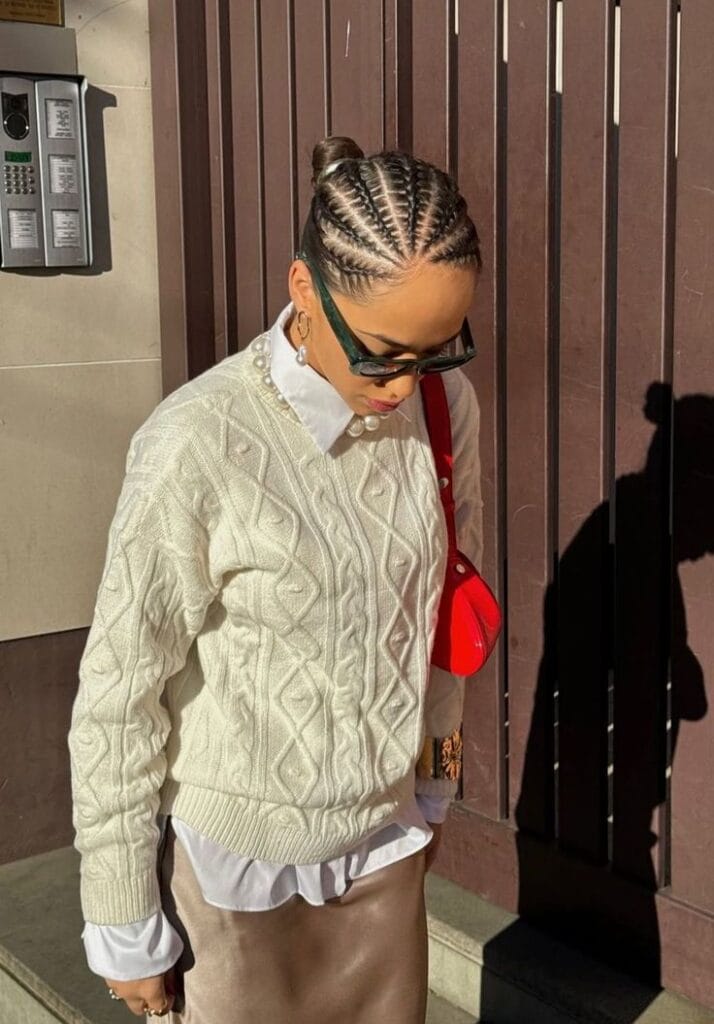
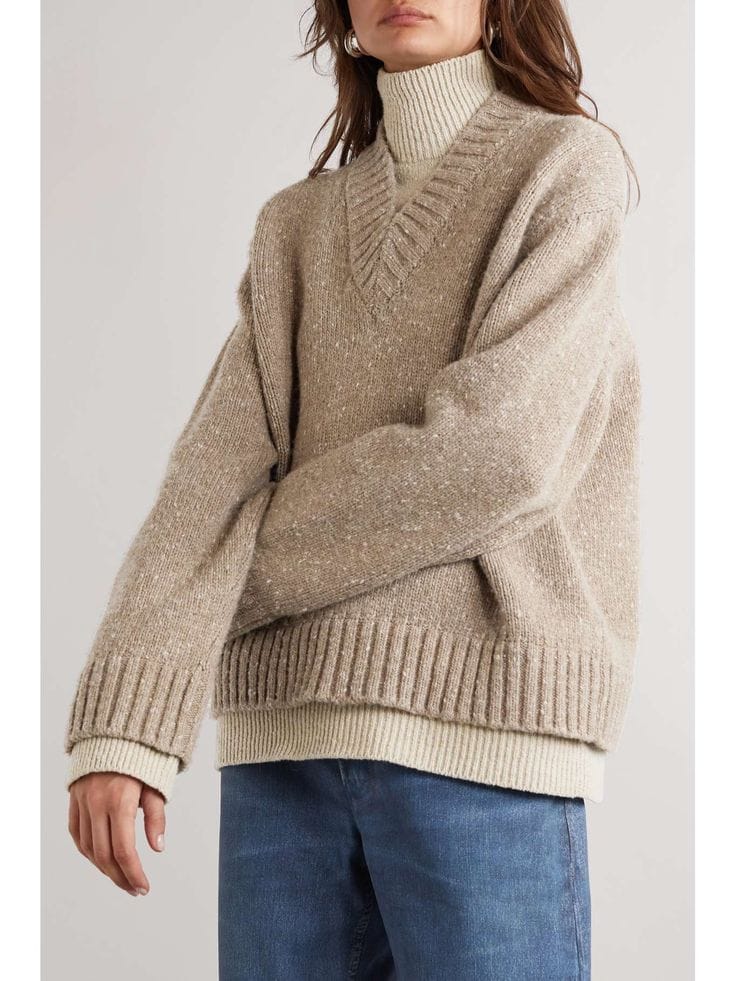
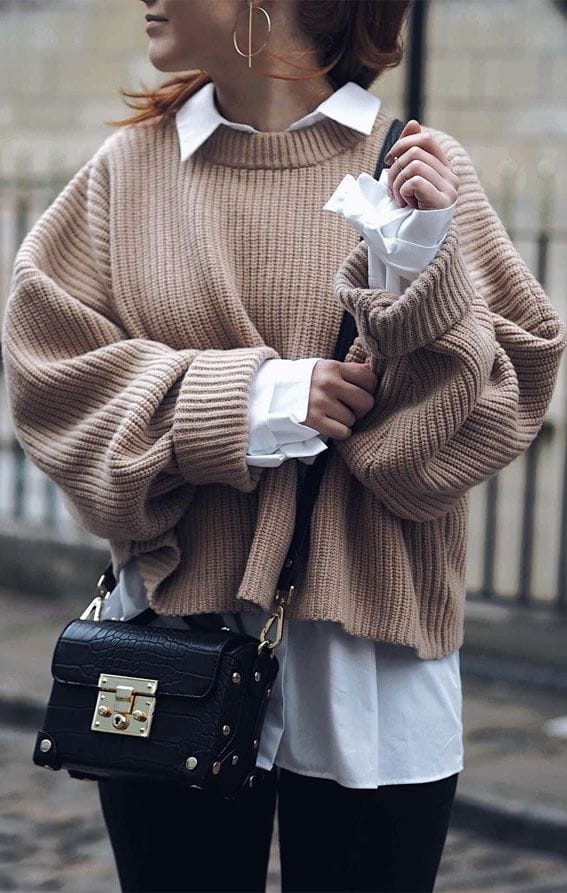
- Strategic Pattern Placement
- Balance sleeve stripes with body stripes for visual appeal
- Put wider stripes at shoulders or hips to even out proportions
- Add patterned stripes to highlight your best features
Handmade pieces need special attention. We suggest you mix different textures while keeping fabric weights similar. A fine-gage knit serves perfectly as a base layer and creates a smooth foundation for bulkier pieces.
Mixing handmade and designer pieces needs careful fabric weight balance. The heavier fabrics work best outside to give structure, while lighter ones stay close to the body. This approach will give your outfit lasting shape throughout the day.
The care instructions of each garment matter a lot when you layer multiple knit pieces. This detail-oriented care preserves the quality of both handmade and designer pieces. Your pieces will continue to layer beautifully every season.
Bridging Handmade and Designer Knitwear
Recent seasons have shown us an exciting change in how handmade and designer knitwear go together.
The fashion industry has embraced this blend, especially when you have innovative designs like knitted bonnets and jumper-scarf hybrids that will dominate in 2025.
Knitwear textures and silhouettes have taken remarkable strides forward.
Designers now add vibrant hues that brighten dreary days, moving away from traditional monochrome jumpers.
These elements connect these two worlds:

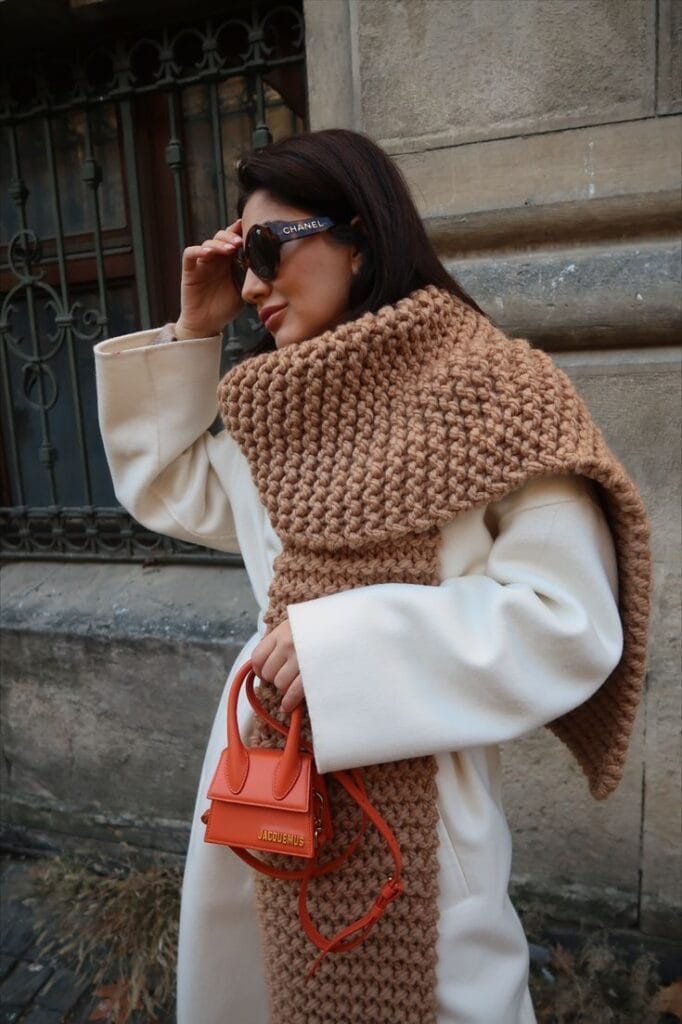
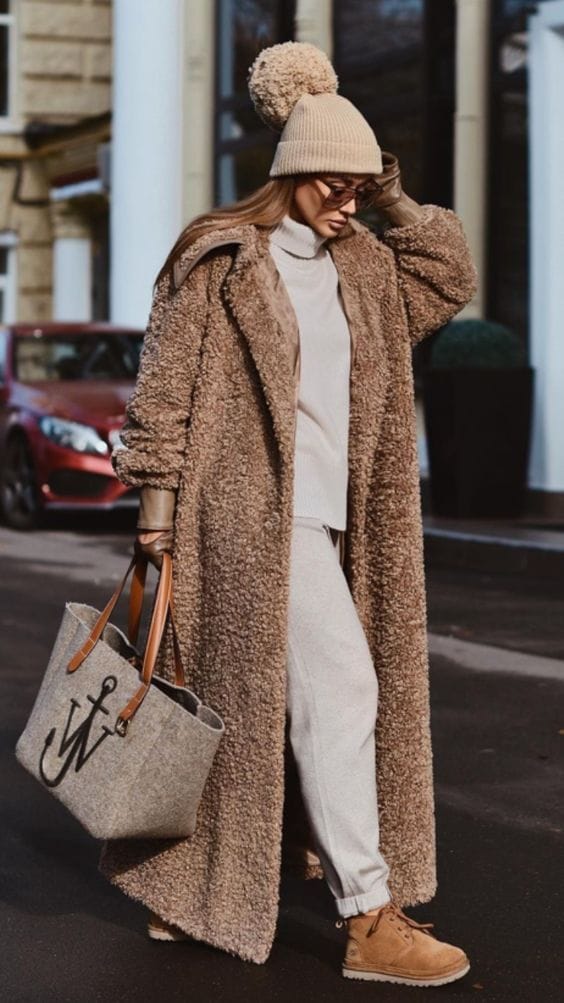
- Cable-knit reinventions with oversized fits
- Scarf-integrated cardigans from luxury brands
- Bold patterns with modern cuts
- Textured knits that feel like wearable art
Handmade knitwear has carved its niche in high-end fashion through meticulous craftsmanship.
Each garment tells a unique story, from the artisan’s skill to the technique’s cultural heritage.
On top of that, this blend supports traditional craftsmanship while promoting fair trade practices.
Quality hand-knitting systems create consistent ranges while keeping their exclusive charm. These pieces blend naturally with designer items and create versatile wardrobes that flow between casual and formal settings.
This bridge’s beauty lies in its adaptability. You can dress up handmade pieces with designer accessories or wear them casually daily. Such versatility makes investing in handmade and designer knitwear a practical choice to build a green wardrobe.
Mastering Seasonal Knitwear Transitions
Knowing how to select the correct fiber is crucial to handle seasonal changes in knitwear.
We’ve found that some materials are excellent at regulating temperature, which makes them perfect for dealing with unpredictable weather.
The most adaptable fiber options are:
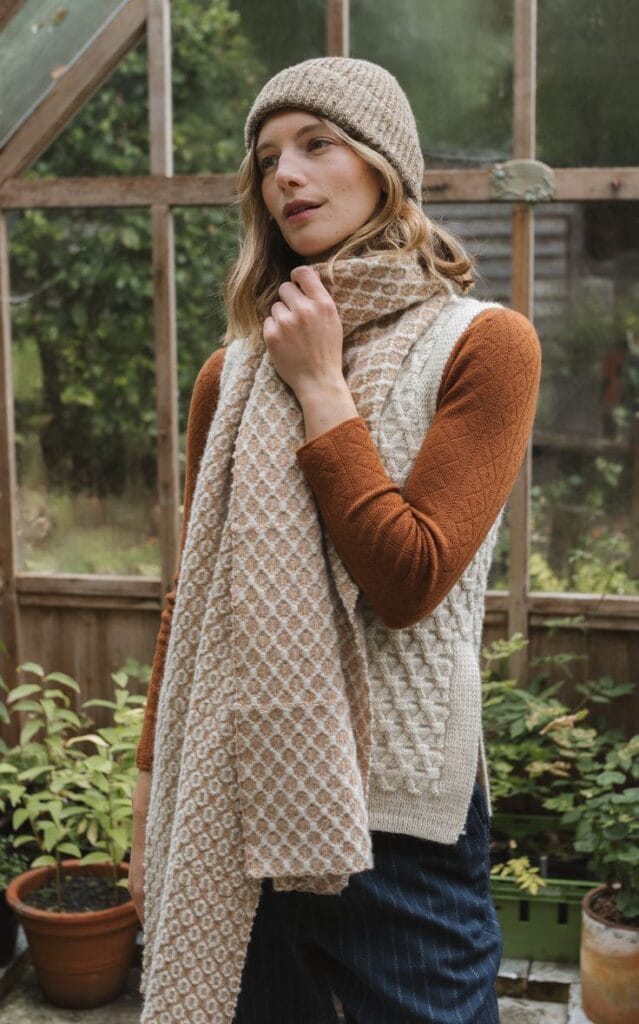
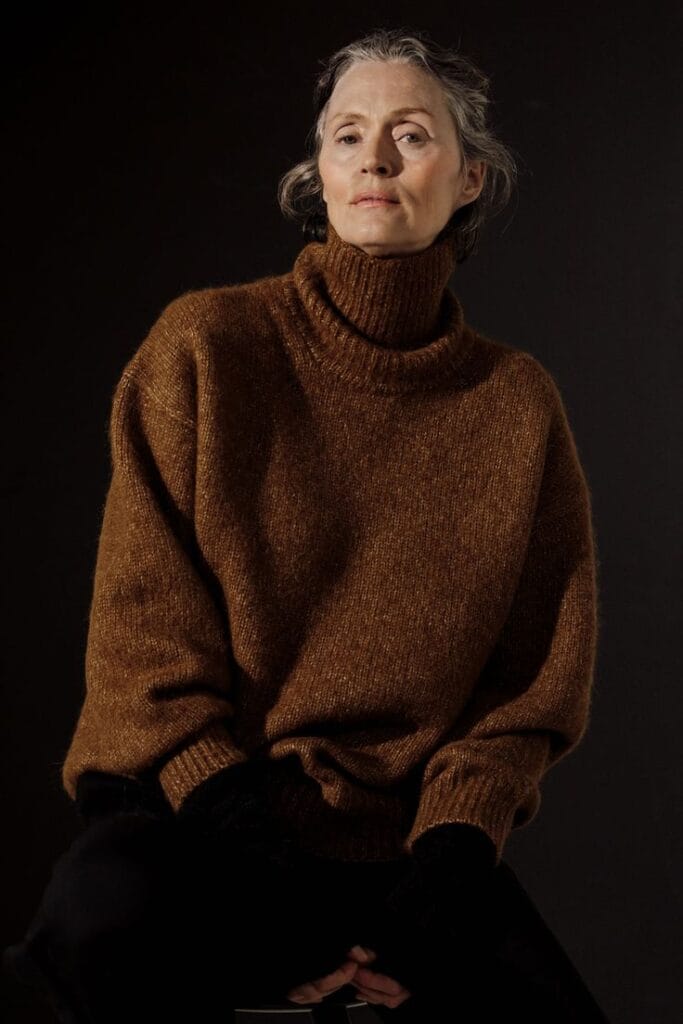
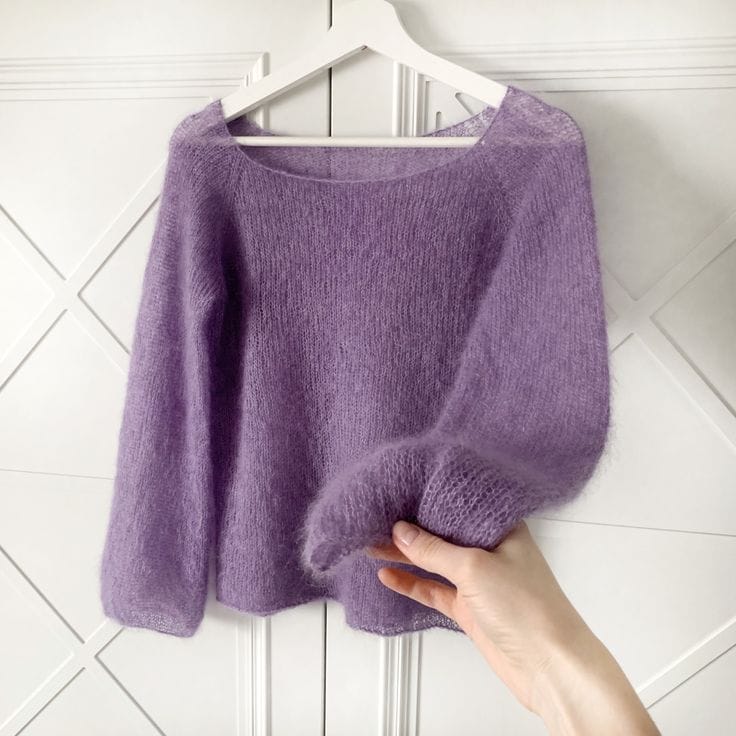
- Kid Gloss (mohair-silk blend) to control moisture effectively
- Cotton provides great breathability and moisture absorption
- Merino wool that regulates temperature naturally
- Cashmere-cotton blends that deliver lightweight warmth
The 50-65 degrees Fahrenheit temperature ranges call for strategic layering as our best approach. These seasonal transition strategies work well:
- Start with a cotton base layer that wicks moisture
- Add a mid-weight wool or acrylic layer
- Top with a chunky knit cardigan as needed
Garment density plays a vital role in successful transitions. A form-fitting base combined with looser outer layers prevents bulk effectively. Open-knit designs work better on warmer days, allowing air to flow freely.
Superfine lambswool with an 18.5-micron diameter proves reliable during uncertain seasonal transitions.
This remarkable fiber provides balanced warmth without causing overheating, which makes it perfect for those challenging in-between periods.
Conclusion
Becoming skilled at knitwear layering turns simple winter essentials into versatile statement pieces.
Our exploration of layering techniques shows how different knit weights combine to create practical warmth with striking visual appeal.
Handmade charm and designer sophistication blend naturally to create endless styling possibilities.
These pieces work well together across seasons and occasions, whether you start with a fine-gage base layer or experiment with bold patterns.
Your knitwear’s beauty will last through regular wear when you know how to select fibers and layer properly. Seasonal transitions become natural with smart choices like merino wool for temperature control and cotton blends for breathability.
Knitwear styling comes down to balance – between textures, weights, and proportions. These insights will help you confidently create layered looks that showcase handmade character and high-fashion appeal while keeping you cozy as seasons change.
FAQs
Q1. How does layering knitwear enhance my outfit?
Layering knitwear allows you to create unique looks, experiment with textures, and adjust your outfit for changing temperatures. It combines practicality with style, enabling you to express your creativity while staying comfortable.
Q2. What are the best materials for layering knitwear in different seasons?
For versatile layering, opt for materials like merino wool for temperature regulation and breathability and cashmere-cotton blends for lightweight warmth. Kid Gloss (mohair-silk blend) is excellent for moisture control in transitional weather.
Q3. How can I combine handmade and designer knitwear pieces?
Mix handmade pieces with designer items by balancing fabric weights and textures. Use finer knits as base layers and chunkier pieces on the outside.
This approach allows you to create unique outfits that showcase artisanal charm and high-fashion appeal.
Q4. What’s the key to successful knitwear layering?
The key is understanding weight and texture combinations. Start with thinner fabrics closest to your body and gradually increase thickness outward.
This technique provides better temperature regulation and creates a more polished silhouette.
Q5. How can I transition my knitwear from one season to another?
For seasonal transitions, focus on versatile pieces like superfine lambswool. Layer lighter knits for spring/summer and add chunky pieces for fall/winter.
Combine form-fitting bases with looser outer layers to prevent bulk, and opt for open-knit designs in warmer weather for better airflow.
